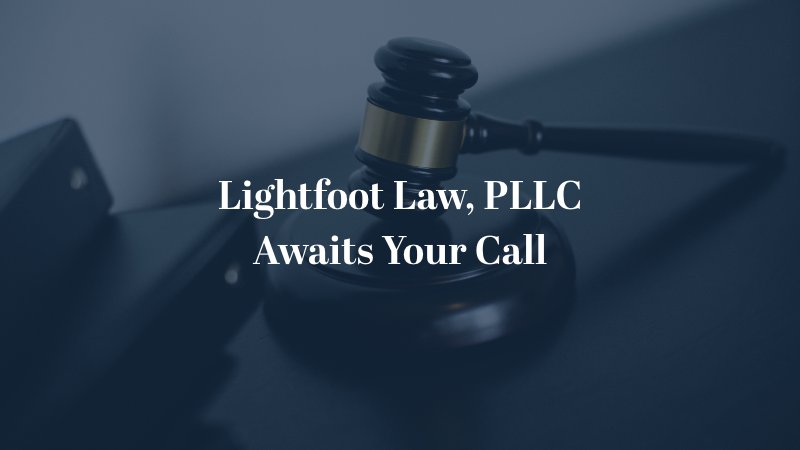If you ride a motorcycle in the DC metro area, understanding local helmet laws is essential. If you’re facing injuries after a crash, these details matter even more. Helmet laws may influence questions of fault and what happens next in your legal case. Sometimes, whether someone wore a helmet or not even affects the outcome of negotiations with insurance companies. To discuss your unique accident case with a one of our DC motorcycle accident lawyers, call us or fill out our contact form today.
Motorcycle Drivers and Riders Must Wear a Helmet
In Washington, D.C., anyone riding or driving a motorcycle has to wear an approved helmet. It must be worn the way it was meant to be worn – not backwards or loosely strapped. This rule applies to both drivers and their passengers at all times.
No person shall operate or ride upon a motorcycle or motor-driven cycle unless wearing a protective helmet in the manner for which the helmet was designed and of a type approved by the Director.
Riders are also required to wear protective eye gear such as goggles or to have a windshield on their motorcycle. This helps shield their eyes from wind, debris, and insects while riding, which supports their safety on the road.

Filing a Claim If You Weren’t Wearing a Helmet in Washington, DC
Getting hurt in a motorcycle crash is hard enough. But if you weren’t wearing a helmet at the time, it can make the insurance or personal injury claims process more difficult.
Understanding Contributory Negligence in Motorcycle Accidents
Normally, DC’s car accident rules would make it impossible for you to file a claim if you were even 1% at fault for the accident or your injuries because they follow a rule called contributory negligence.
However, the law in Washington, DC, recognizes that motorcycle riders often suffer major harm in crashes because they are less protected than drivers in cars. For this reason, they are categorized as vulnerable road users.
“(13) “Vulnerable user” means an individual using an all-terrain vehicle, bicycle, dirt bike, electric mobility device, motorcycle, motorized bicycle, motor-driven cycle, non-motorized scooter, personal mobility device, skateboard, or other similar device.”.
This recognition makes it so motorcycle drivers aren’t barred by the normal contributory negligence rule. Instead, a modified comparative negligence rule comes into play. You can still bring a claim as long as you are less than 51 percent responsible for the crash.
- 50–2204.52. Contributory negligence limitation.
(a) Unless the plaintiff’s negligence is a proximate cause of the plaintiff’s injury and greater than the aggregated total negligence of all the defendants that proximately caused the plaintiff’s injury, the negligence of the following shall not bar the plaintiff’s recovery in any civil action in which the plaintiff is one of the following:
(1) A pedestrian or vulnerable user of a public highway or sidewalk involved in a collision with a motor vehicle or another vulnerable user; or
(2) A vulnerable user of a public highway or sidewalk involved in a collision with a pedestrian.
Even without a helmet, so long as your actions were less than half of the reason you got hurt, you can pursue damages.
However, your compensation will be reduced by the percentage you are found to be at fault. For example, if your fault for your injuries is found to be 20%, your award would be reduced by 20%.
The best way to make sure you get everything you’re entitled to – even if you weren’t wearing a helmet – is to talk to a personal injury lawyer right away. Contact us today to schedule your free consultation and get started.